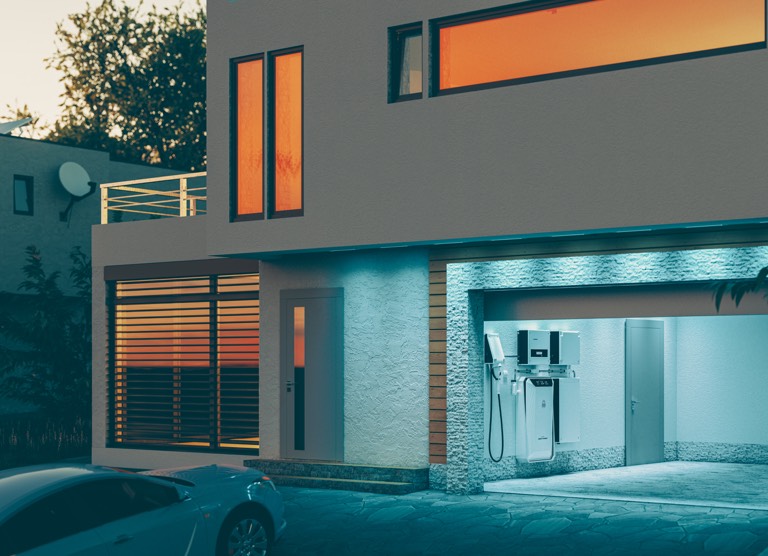What is a Bidirectional Charger?
Standard EV (electric vehicle) chargers use AC power to charge the vehicle.
A bidirectional charger is a sophisticated, advanced type of EV charger which is capable of both charging and discharging energy from an EV (electric vehicle) battery. This is achieved via a complex process of converting power using a DC-to-AC inverter.
How Does it Work?
V2G or vehicle-to-grid applications export a portion of the energy from the EV to support the electricity grid when electricity demand is high. Incentives are offered to participate in such an exchange, and not all EVs are currently compatible with this new technology.
V2H or vehicle-to-home applications enable the EV to function as a home battery storage system, storing excess solar energy as a residential power source. It works similarly to V2G, but the power is fed into the home instead of the grid.
Additional equipment is required for a bidirectional charger to power a home, enabling load management and isolation from the grid during outages. The system requires a compatible bidirectional charger and a CT (energy) meter installed at the grid mains connection point.
When energy is drawn from the grid for home use, the CT meter detects this and signals to the bidirectional charger to offset this by discharging power from the EV at an equivalent rate. Conversely, when the system detects power being exported from the rooftop solar panels, this power is diverted to charge the EV.
Currently, only a few EVs feature V2H technology.
V2L or Vehicle to Load technology is simpler than V2L or V2H, and vehicles with this technology have built-in standard AC plug-in power outlets and a DC-to-AC inverter. Regular household AC appliances can be powered by the car’s battery. These vehicles may be incorporated into off-grid solar systems (which usually include a bidirectional inverter-charger) but require professional, specialist installation and configuration. Solar and Batteries Direct delivers this expertise and service.
